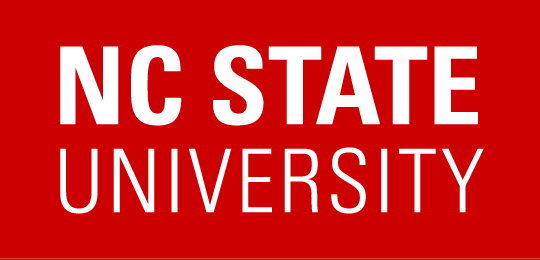In recent time, we have seen a rise in natural disasters throughout the world. For instance, in 2018 there were around 300 natural disasters in comparison to just around 80 in 1968. This drastic increase is likely due to global warming, and the rate doesn’t seem to be slowing down anytime soon. Due to this, we need to be able to forecast these events sooner, and respond to them before and after they occur in a more effective manner in order to better protect ourselves. However, it poses a question to leaders: how can we achieve this necessary change? One intriguing solution to the problem may lie in machine learning.
You might be wondering, what is machine learning? Machine learning is defined as the process where computers can interpret new information and derive new solutions from this. In other words, it is the process by which computers can ‘learn’ new information and respond to it accordingly. The machines can find connections through this process that humans would not have made, and therefore help the process. However, machine learning requires a large amount of data to be able to get actual insights rather finding connections that may not actually exist. We do now have a massive amount of data surrounding past natural disasters that have been collective, but there have been many natural disasters which were either not able to be measured or weren’t measured accurately. The program will need to compare new natural disasters to former ones, so having unreliable data will cause the programs to make mistakes, and mistakes are costly when dealing with natural disasters.
As mentioned above, there are limitations regarding machine learning. In addition to the issue of entering data, it can be difficult to interpret the response of the machine. For these reasons, there must be expert human judgement due to the importance of the issue. However, that isn’t to say that it is not useful. Already, there has been organizations that use this tool to great success. For example, there is a startup that uses machine learning models and mapping to help connect victims of the natural disasters to first aid respondents. In my opinion, I think that machine learning is a solution to this issue of natural disaster response, and while it may not be perfect at the moment, will get better with time. In other words, while the first couple years of using this setup may not be completely accurate, the system will refine itself with time until it can effectively replace the solutions we have in place at the moment.
Article : https://blogs.scientificamerican.com/observations/why-machine-learning-is-critical-for-disaster-response/
